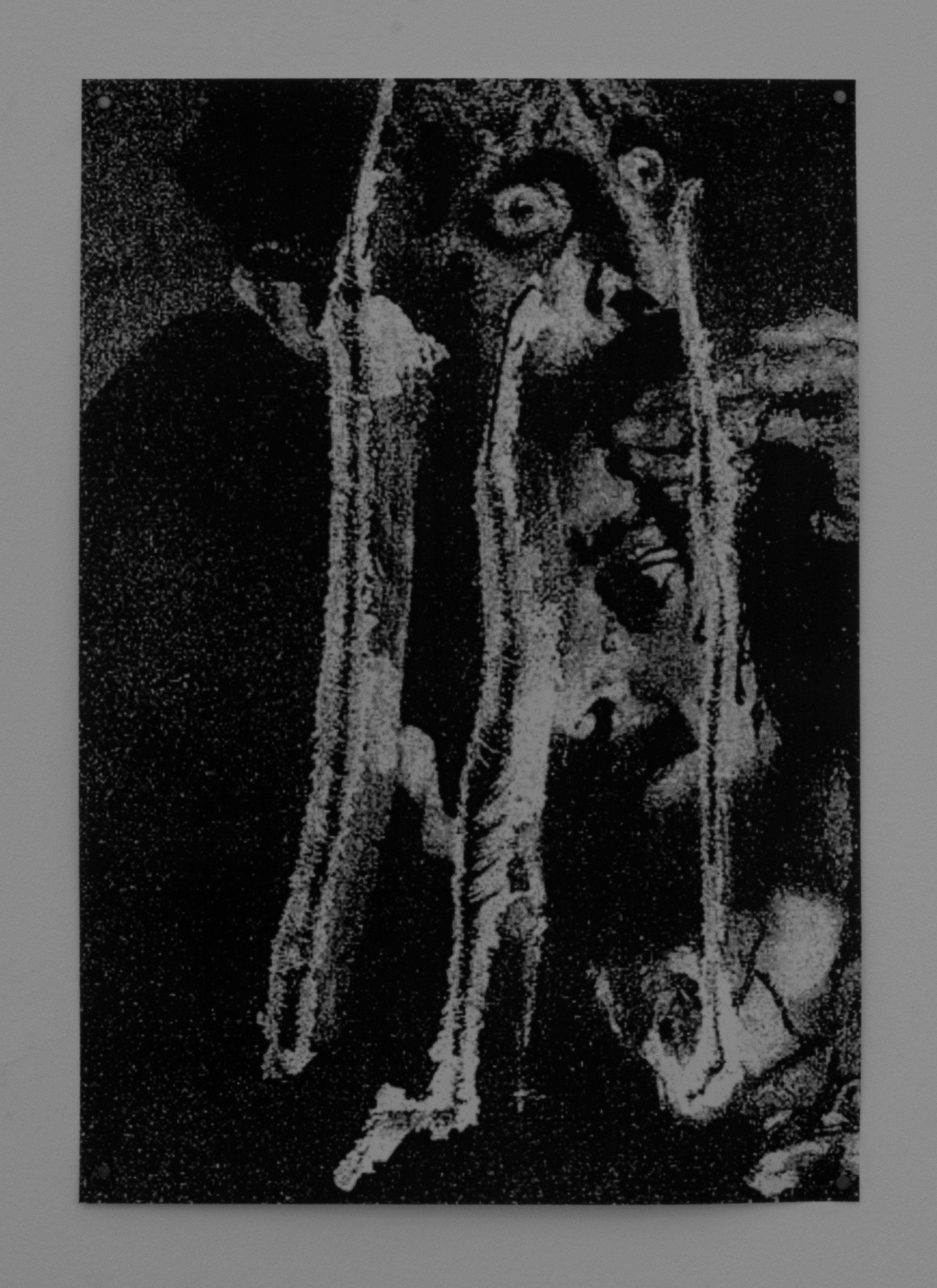Once an avant-practice, participatory art has now been canonised and colonised by the wider art world apparatus. It's in and on the books, a viable option, one of many no-longer-alternative approaches. But what of the actions that go beyond the set rules and measures, the actions that go unnoticed or unrecorded, disregarded or ignored, whose agents are demonised or written off as mad; the artists and vandals who snub the land of letters to act out their criticality in the world of actions and objects, the world of conviction and consequence?
Combining recent art works and historical examples, Shoot the Works sheds light on a near-hidden corner of culture, an insalubrious sector often dismissed and disparaged by the powers that be: the vandalism and intentional damage of works of art by independent citizens, be they artists or civilians. The exhibition is not an attempt to somehow legitimise or validate these events - it aims, instead, to begin a conversation. All these events occurred in the public realm, so there is a democratic responsibility to open them to public scrutiny or, at least, scrutinise them in public. With evidence comes examination and critical evaluation, private readings and public hearings, disagreement or accord. With fewer secrets we can talk more, and that can only be a good thing.
Combining recent art works and historical examples, Shoot the Works sheds light on a near-hidden corner of culture, an insalubrious sector often dismissed and disparaged by the powers that be: the vandalism and intentional damage of works of art by independent citizens, be they artists or civilians. The exhibition is not an attempt to somehow legitimise or validate these events - it aims, instead, to begin a conversation. All these events occurred in the public realm, so there is a democratic responsibility to open them to public scrutiny or, at least, scrutinise them in public. With evidence comes examination and critical evaluation, private readings and public hearings, disagreement or accord. With fewer secrets we can talk more, and that can only be a good thing.
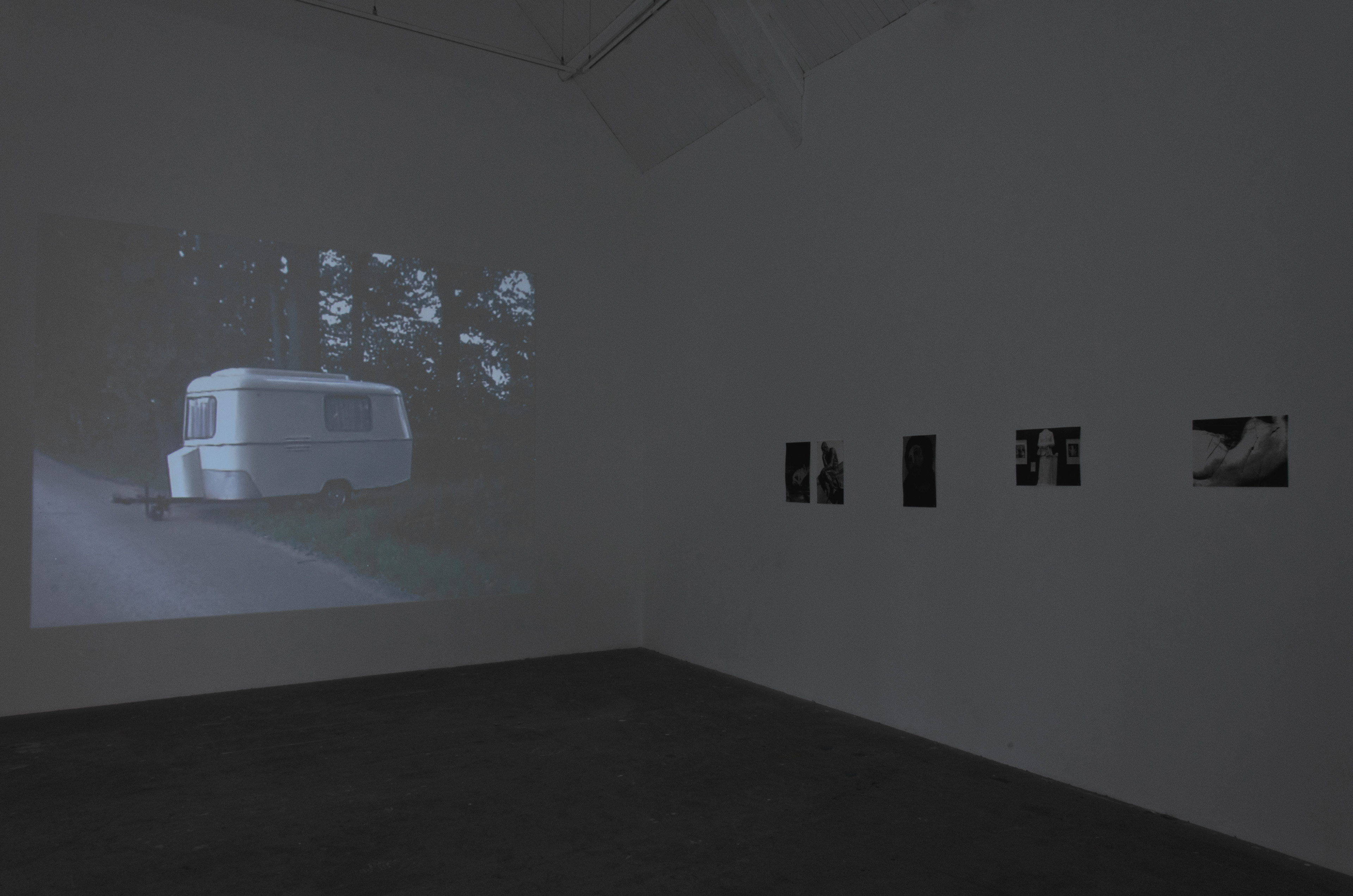
Skulptur Projekte Münster 07; Keith MacIsaac, 2007; Joyride with Michael Asher's Installation Muenster (Caravan), 1977, 1987, 1997, 2007
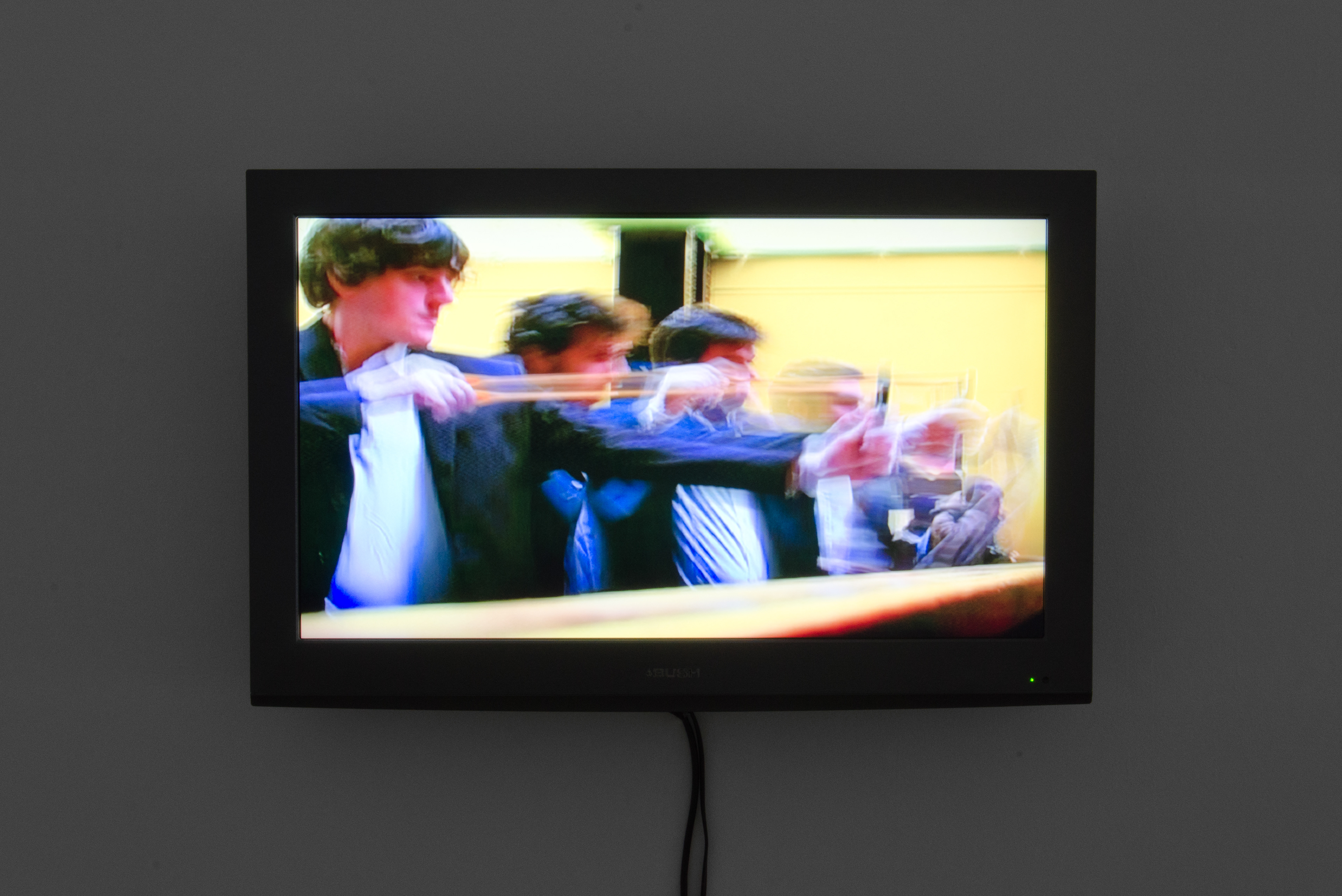
Sunflower Seeds on Sunflower Seeds; IOCOSE, 2011; Real sunflower seeds shot onto Ai Wiewei's Sunflower Seeds, 2010
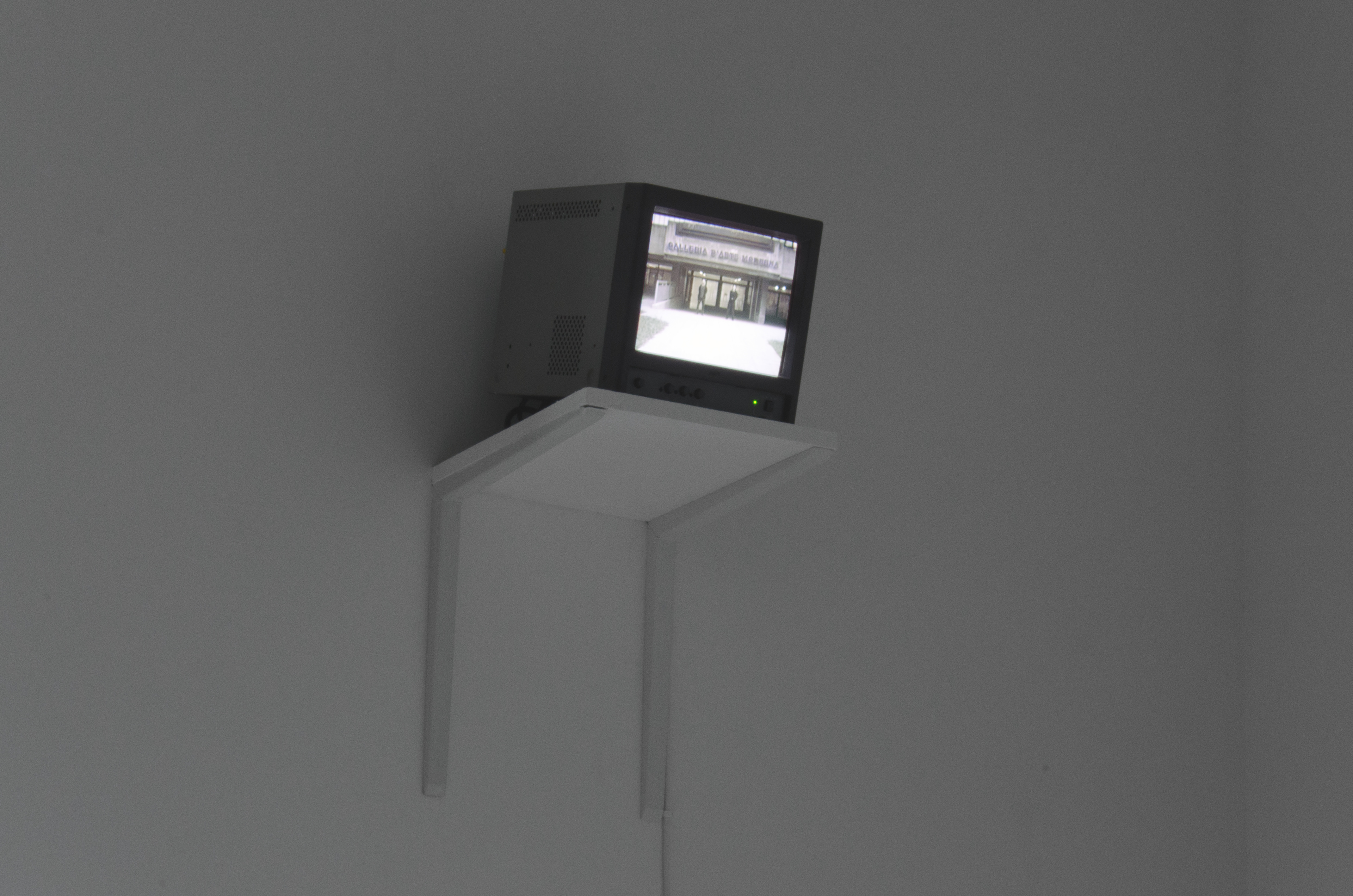
Stolen Pieces; Eva and Franco Mattes, 1995–1997; Small elements stolen from artworks by Jeff Koons, Richard Long, Andy Warhol, and others
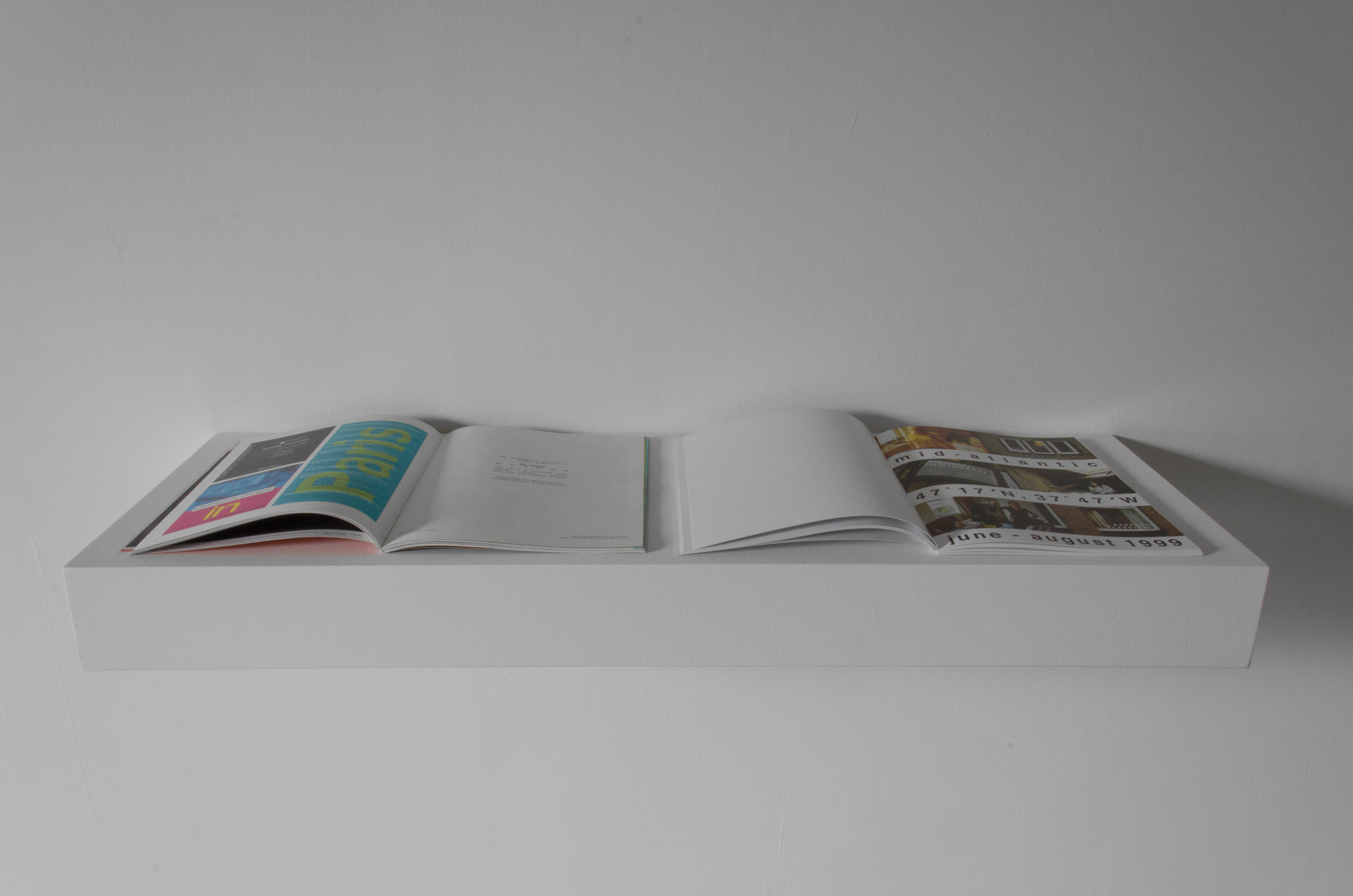
Mid-Atlantic and Adrift; Leeds United, 1997 and 2012; Artwork censored by Frieze Magazine; and re-censored copy of Frieze Magazine
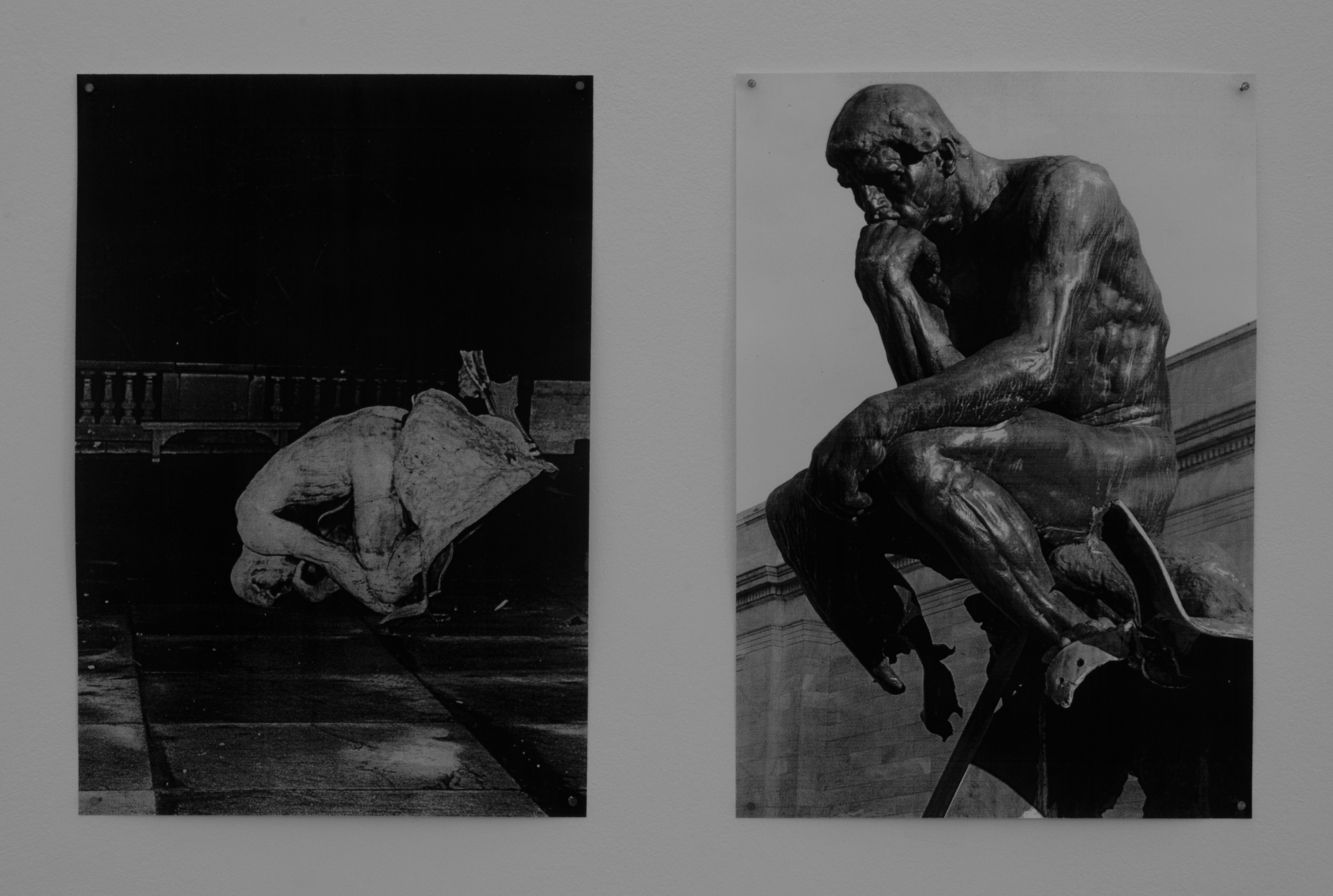
Thinker; Rodin, 1881; Bombed by The Weathermen, 1970
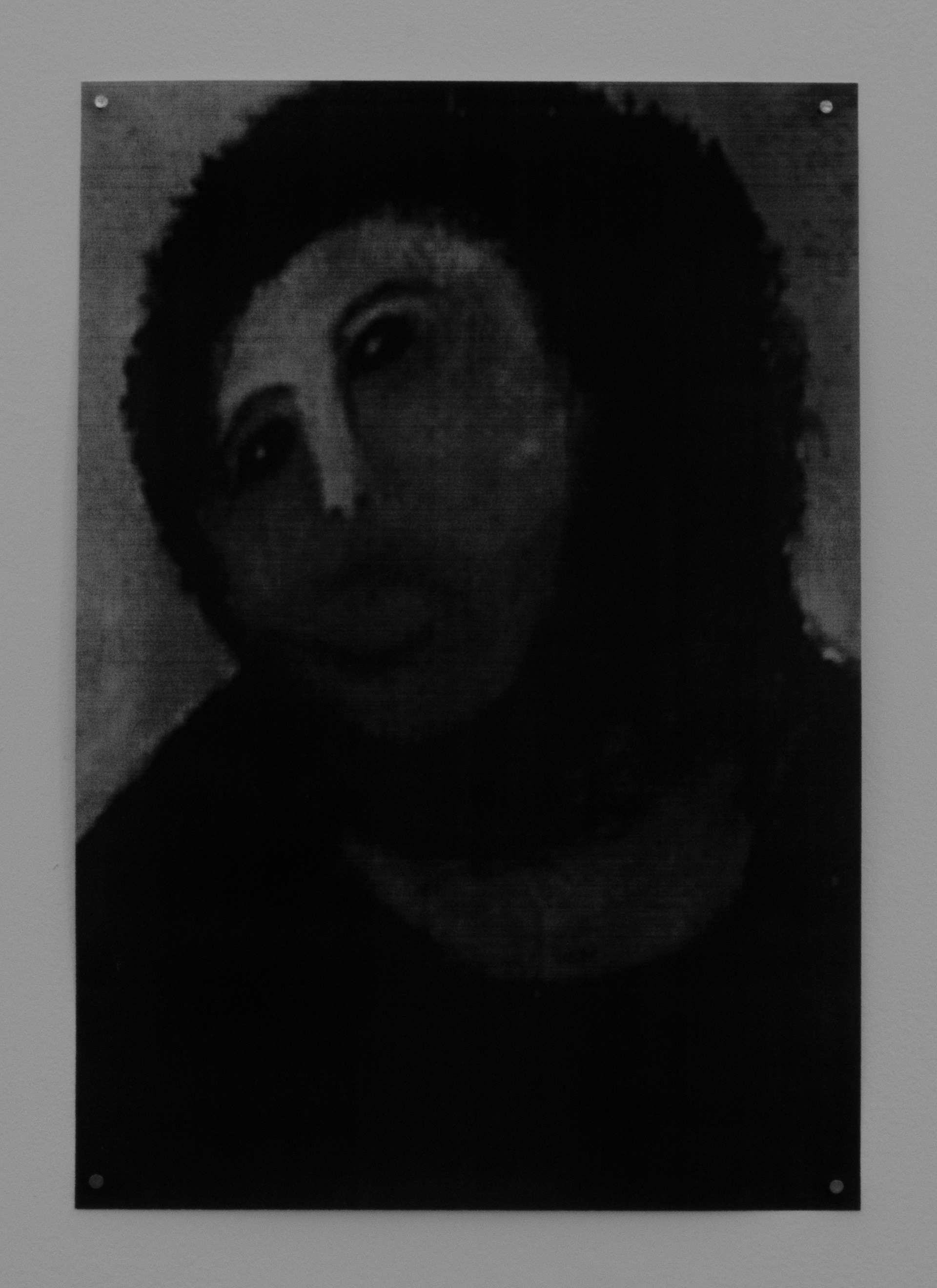
Ecce Homo; Elias Garcia, c.1930; Attempted restoration by Cecilia Giménez, 2012
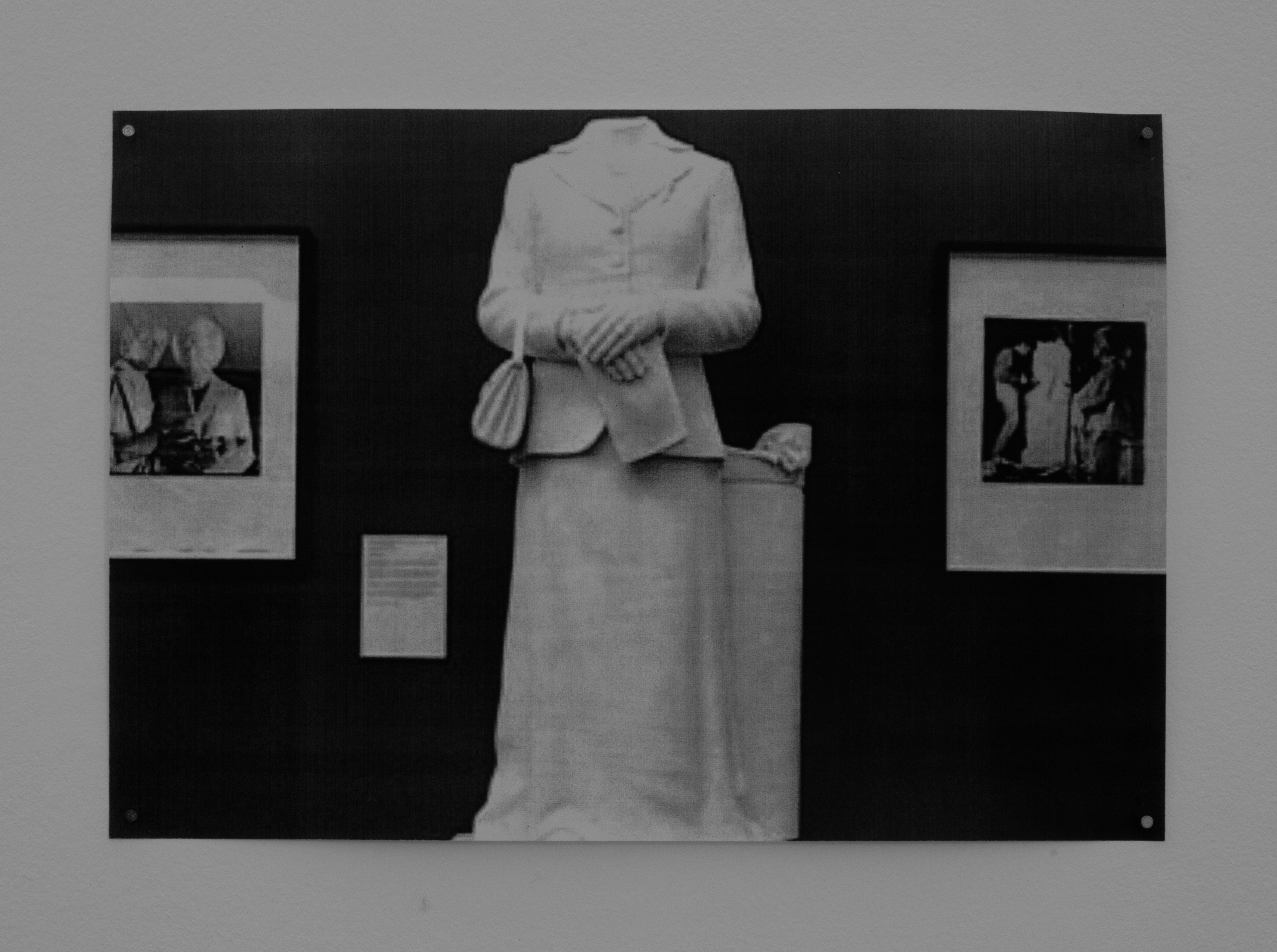
Margaret Thatcher; Neil Simmons, 1998; Decapitated with cricket bat by Paul Kelleher, 2002
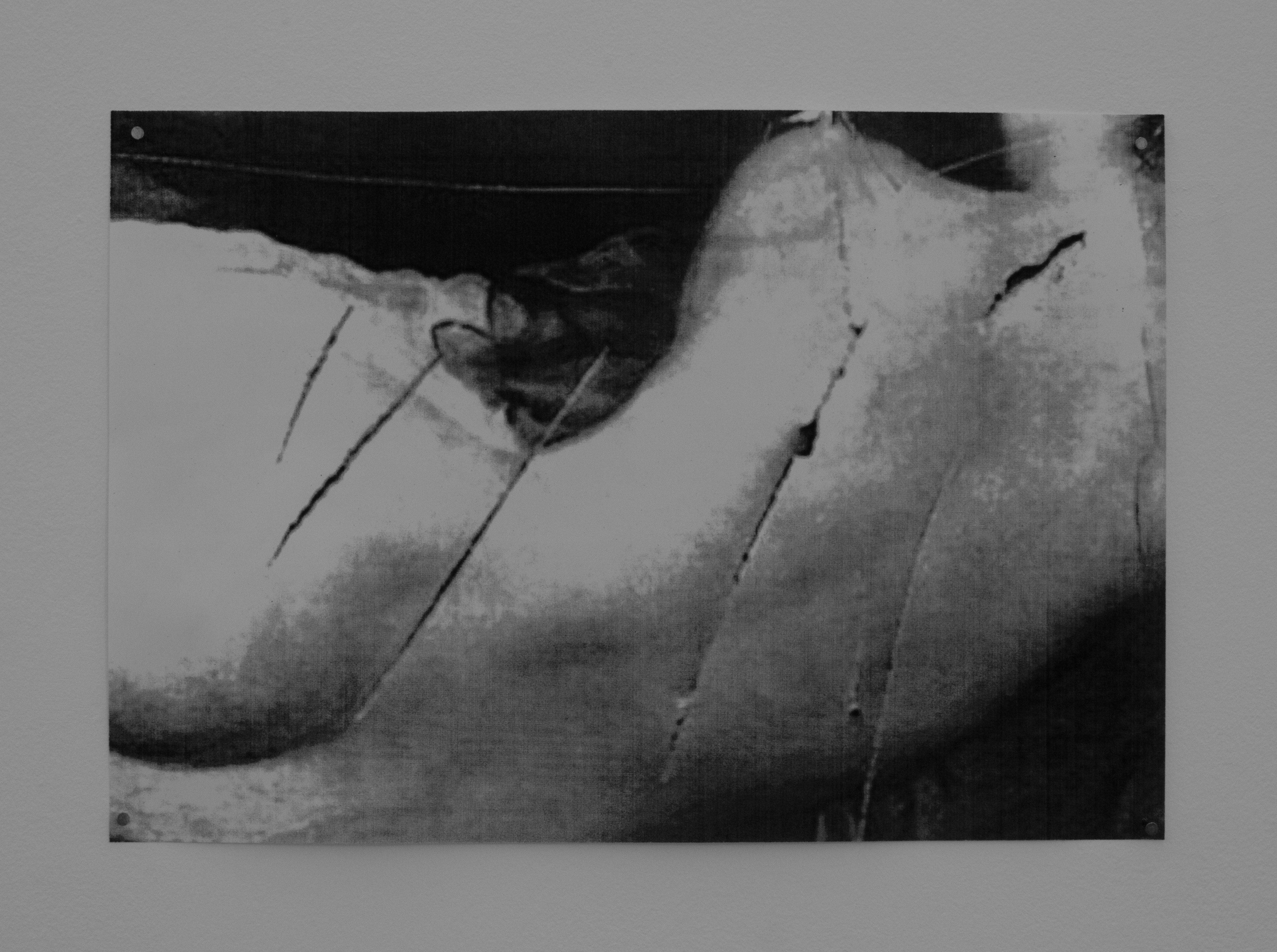
Rokeby Venus; Diego Valázquez, 1651; Attacked by knife by Mary Richardson, 1914
